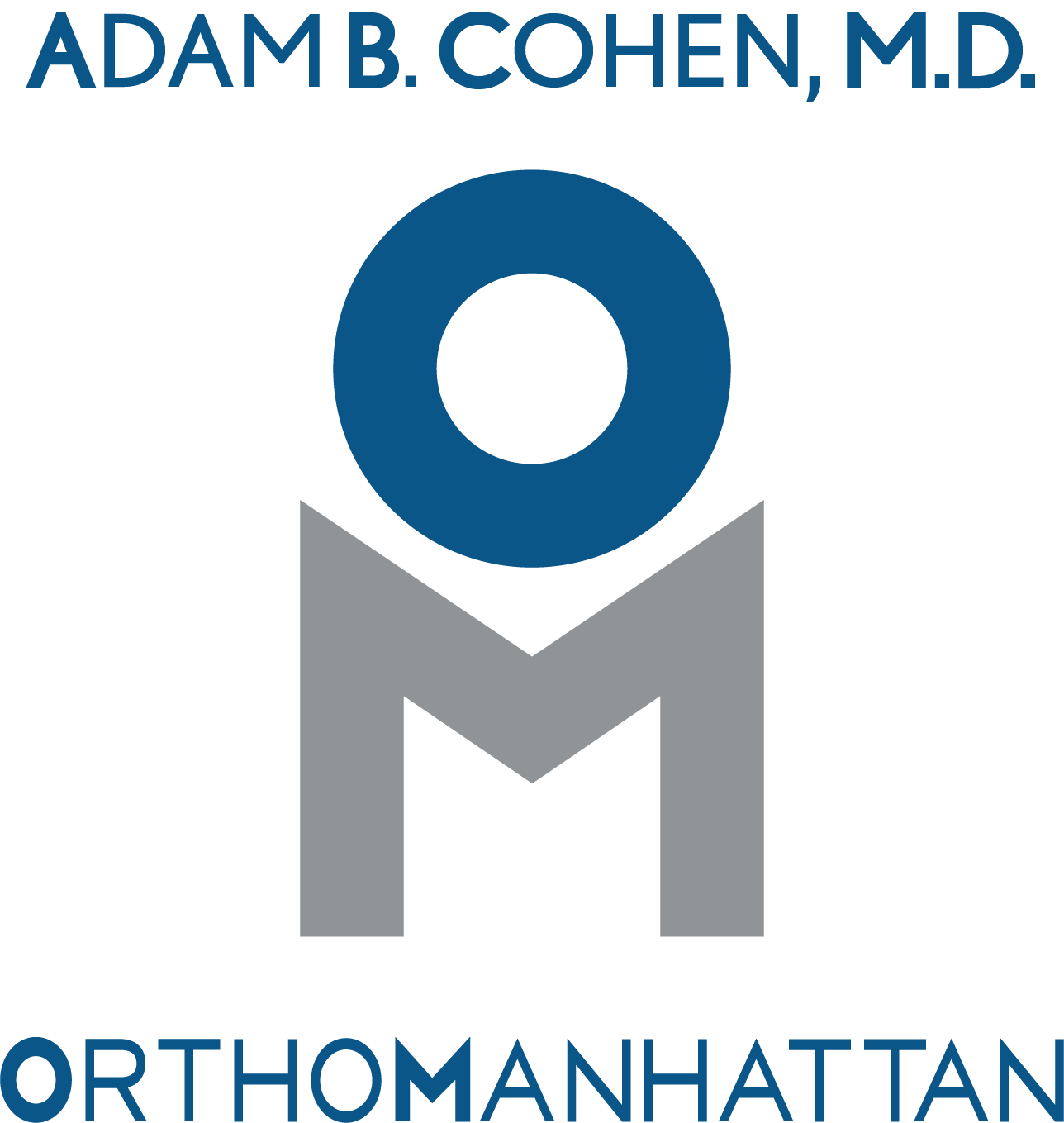Overview
The knee consists of three separate compartments. The medial compartment, the lateral compartment and the patellofemoral compartment. Arthritis can affect different parts of the knee. When arthritis affects all three compartments, a total knee replacement is recommended. When arthritis affects only one of the compartments of the knee, a partial knee replacement may be recommended. This is also referred to as a unicompartmental knee replacement.
What are the Benefits of a Partial Knee Replacement?
There are benefits to a partial knee replacement over a total knee replacement. Benefits include shorter operative time, easier recovery and the knee tends to feel more normal after full recovery when compared to a total knee replacement.
What are the Shortcomings of Partial Knee Replacement?
There are risks to a partial knee replacement. There is a risk that over time, the areas of the knee that were not originally affected, can develop arthritis. Knee pain and arthritic symptoms can return. This may require another operation to convert the partial knee replacement to a total knee replacement.
What is Robotic Partial Knee Replacement?
In order to position the knee implant into the proper position, your surgeon may utilize a robotic-assisted knee replacement system. This can help to more precisely insert the implant, which can help preserve healthy bone, protect surrounding soft-tissue, reduce complications and improve results.



